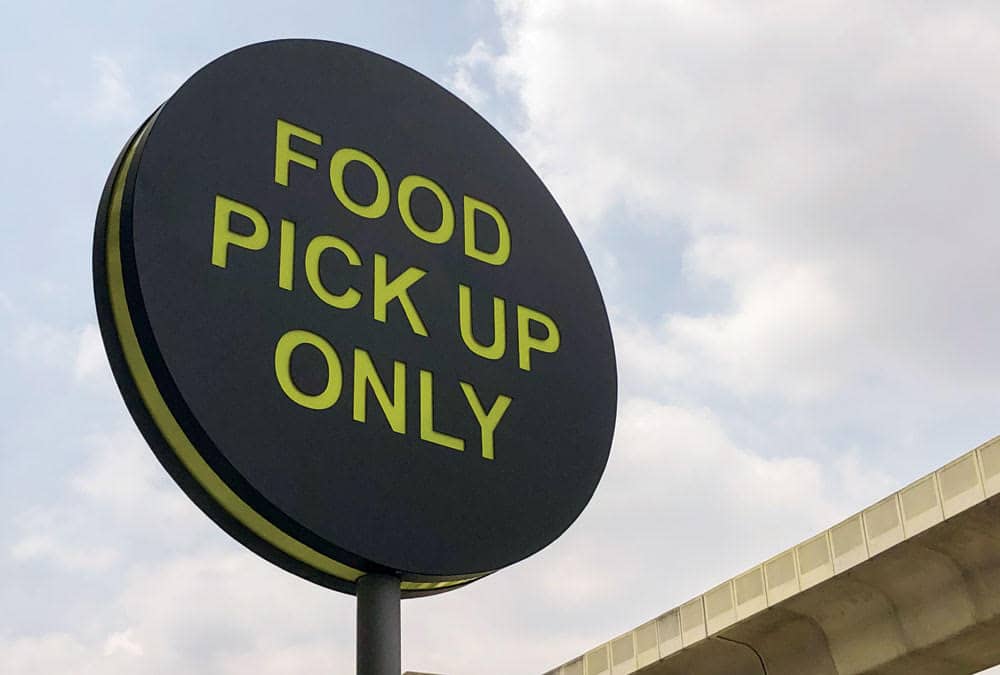Over the past few years, the restaurant industry has transformed itself to keep pace with consumer demand for a faster and easier experience; however, the past few months have seen more rapid changes in the industry than ever before, amid the COVID-19 crisis. Where it used to take months to roll out new strategies, business has been upended in a matter of days and weeks.
Take, for example, the term “contactless.” A little over a month ago, customers would likely assume the term referred to mobile payment options that minimized cash and card handling. But as consumers have learned more about the novel coronavirus and ways to minimize their risks of catching the disease, their concept of what “contactless” really means has changed.
Customers are now scrutinizing brand experiences and considering how many steps—and, more importantly, how many sets of hands—it took for their food to be prepared. As a result, even the safety of delivery has been called into question, as the need for delivery drivers introduces a new set of risks for contamination to the process that is out of the control of the restaurant and customer.
“Contactless” protocols are now expected to cross the entire customer journey from online ordering and payment to on-site processing to order pickup. It has become vital for restaurants to move to the only “contactless” customer experience they can control: mobile order ahead paired with customer pick up on-premise or curbside.
“Third-party delivery companies and restaurants will have a stronger focus on a touchless customer service experience,” says Bryan StGeorge, COO at Little Greek Fresh Grill in a recent QSR Magazine interview. Moving forward, curbside service will be a staple of the industry.”
This trend is perhaps best exemplified by a study conducted by Rakuten Ready in late March. When asked how important cleanliness was to customers visiting a business, 86 percent said it was “very important,” and while restaurants already follow strict sanitation guidelines, consumer trust in those standards may be lower than ever.
In the same Rakuten Ready survey, 80 percent of respondents said they had avoided patronizing restaurants due to Coronavirus food safety concerns. Of those survey respondents, 66 percent said that if restaurants proactively communicated the safety precautions they were taking to protect themselves and their diners—s such as improving kitchen cleanliness, changing preparation procedures, and implementing contactless food hand-off—it would increase or strongly increase their likelihood of ordering from restaurants.
“Consumers are quite clear on how we can earn their business during these trying times,” says Rakuten Ready’s vice president of marketing and communications, Cathy Song Novelli. “Brands need to lean more than ever on consistent emails and social posts letting customers know they are open and prioritizing everyone’s health, before anything else.”
While this quick shift to “contactless” ordering and pickup may be a big change for restaurants, technology like Rakuten Ready ARRIVE can help make the switch seamless and help drive efficiency that protects both customers and staff. ARRIVE enables safe and fast pickup experiences by telling restaurants exactly when customers are arriving, allowing employees to cook orders to perfection, and have them ready for contactless pickup.
Connect with Rakuten Ready to understand how ARRIVE can assist brands through these troubling times.













